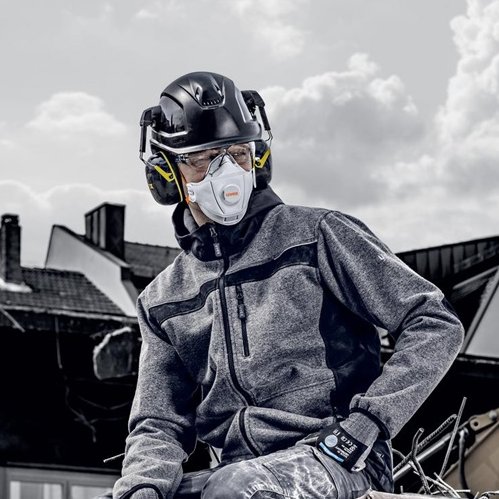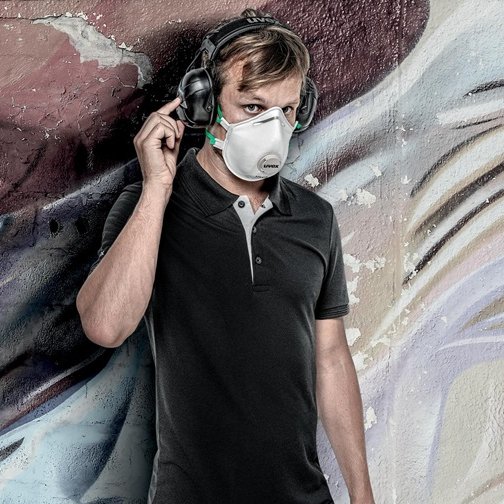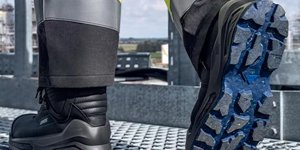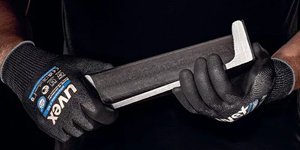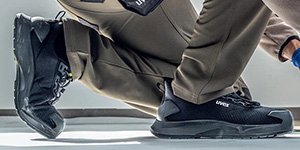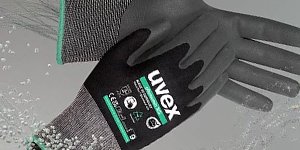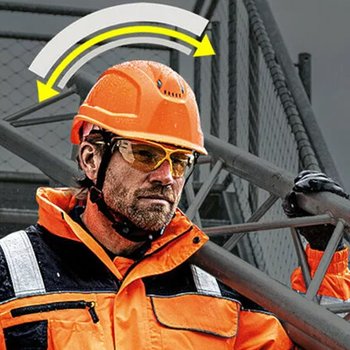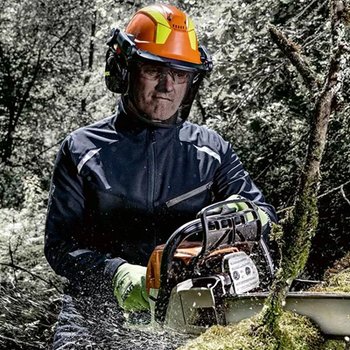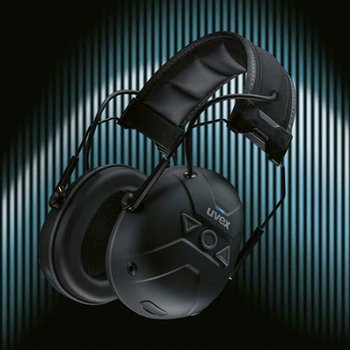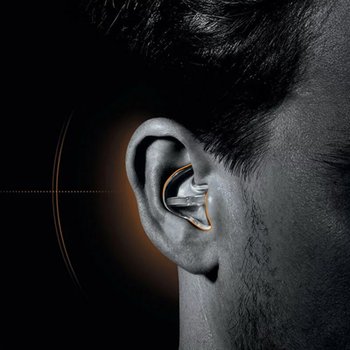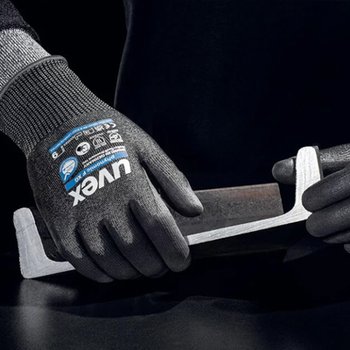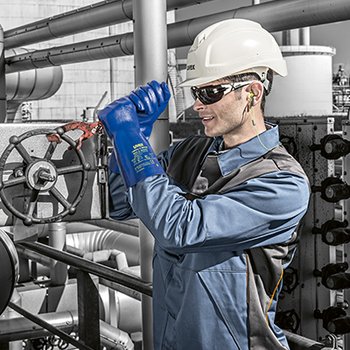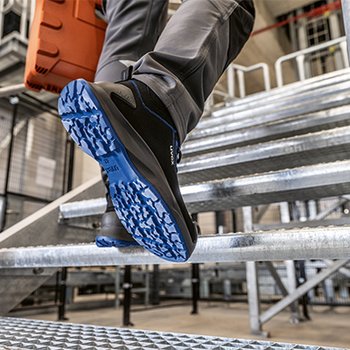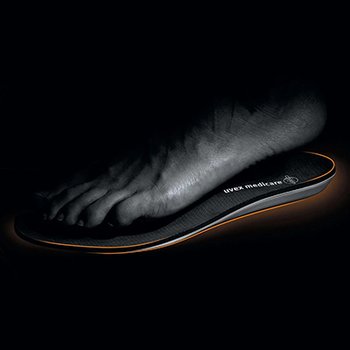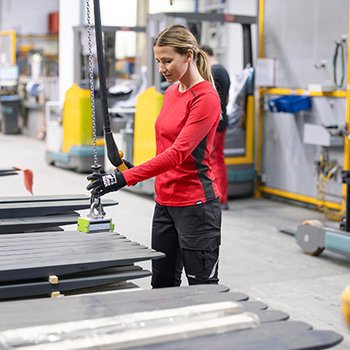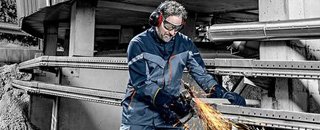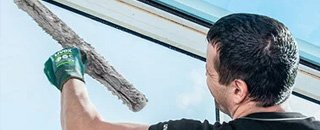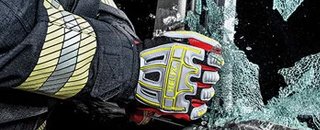
FFP1 masks – your protection against non-toxic dusts
Whether in agriculture, the food industry or when cleaning the house – FFP1 respirators from uvex offer reliable protection wherever non-toxic dusts such as grain, hay or flour dust occur. Here you will find out why these masks are the right choice for you and which models you will find in our store.
What is an FFP1 mask?
An FFP1 mask is particularly suitable when it comes to protection against non-toxic, non-fibrogenic particles . These masks filter at least 80% of particles from the air and provide protection up to 4 times the respective occupational exposure limit (OEL*). This means that they retain particles that can irritate the respiratory tract , but usually do not cause serious illnesses. The total leakage of an FFP1 mask must not exceed 25%, so you can be sure that the air you breathe in is as clean as possible. To identify the protection level at a glance, all uvex FFP1 masks can be immediately identified by a blue marking. In addition, our FFP1 masks are certified according to EN standards and EU directives.
*OELs = The occupational exposure limit values (OELs) are the average concentration of a substance in the air in the workplace, up to which no damage (chronic or acute) is to be expected if employees work there for eight hours a day for five days a week. The OELs replace the maximum workplace concentration (MWC) and the technical reference concentration (TRC) – however, as long as both of these values are not yet fully taken into account in the OELs, they can still be used on an interim basis for assessing risks in the workplace.
Infobox: What does total leakage mean for respirators?
The total leakage of a respirator describes how much air enters through the mask from the outside. It is caused by filter passage and leaks on the face and nose. However, due to their orientation towards the human anatomy, uvex respirators largely avoid this leakage.
All FFP1 models
FFP1, FFP2 or FFP3 – What's the difference?
FFP1 masks are ideal for non-lung-harming, non-toxic dusts. They filter at least 80% of particles and provide protection against irritants such as house dust. FFP2 and FFP3 masks go even further: they protect against harmful and even toxic particles and offer significantly higher filtration performance. Find out more about the importance of FFP protection classes.
What distinguishes FFP1 masks from simple mouth-nose protection?
The difference between FFP1 masks and mouth-nose protection lies in their protective function and application:
- FFP1 masks are specially designed to protect the wearer himself from non-toxic, non-fibrogenic particles such as dust, pollen or soot. They filter at least 80% of particles from the air, making them ideal for work in agriculture, the food industry or cleaning work. Thanks to their special fleece layers and electrostatically charged filter materials, they offer effective protection with low breathing resistance at the same time.
- A face mask, on the other hand, is mainly intended to protect others from the droplets you emit when you breathe, speak or sneeze. It protects the wearer only to a limited extent from airborne particles and is intended more for general public use, such as on public transport or when shopping.
It's all about the fit – How to wear your FFP1 mask correctly
When wearing respirators, the right fit is crucial for your protection. For the mask to work optimally, it must fit snugly against the face – there must be no gaps between the mask and the skin. This is particularly important for spectacle and beard wearers, as even the smallest leaks can significantly impair the protective effect. Therefore, choose a mask that fits your face shape well.
Attention! If you have to wear an FFP mask at your workplace, find out before buying a mask whether and which Safety glasses with prescription you need. It is important that the mask and glasses can be combined with each other. We also recommend that you talk to your employer about wearing a beard. This may be prohibited.
uvex offers FFP1 masks in different shapes that adapt to different facial structures. You can choose between:
- Cup-style masks: These offer a stable shape and fit well on the face.
- Flat fold masks: Folded vertically or horizontally, ideal for on the go and easy to store.
Both variants are available with or without valve.
With the help of the adjustable nose clips, the respirators can be easily adjusted to your face shape.
Also pay attention to the wearing time of your fine dust mask. Only if you adhere to it does it offer the specified respiratory protection. uvex recommends wearing FFP1 masks for a maximum of eight hours. Please note:
- Masks without valve: Should be taken off after 75 minutes for a 30-minute break.
- Masks with valve: Can be worn for up to 150 minutes at a time. Afterwards, a 30-minute break should also be observed here.
Change the mask immediately if:
- The breathing resistance increases noticeably.
- The mask is dirty from the inside.
- There is damage.
- The mask becomes damp on the outside.
Since FFP1 masks are disposable products, they should be disposed of properly after use. Look for the NR marking, which shows that the mask is not reusable.
uvex respirators – your partner in the fight against dust
Protect yourself from dust and buy the effective FFP1 masks from uvex. Discover also our FFP2 and FFP3 masks in our online shop. If you have any questions, our specialist advisory team will be happy to assist you – simply contact us by e-mail, phone or via our Contact.
Still haven't found the right one for you?
Find out more about uvex respiratory protection.
